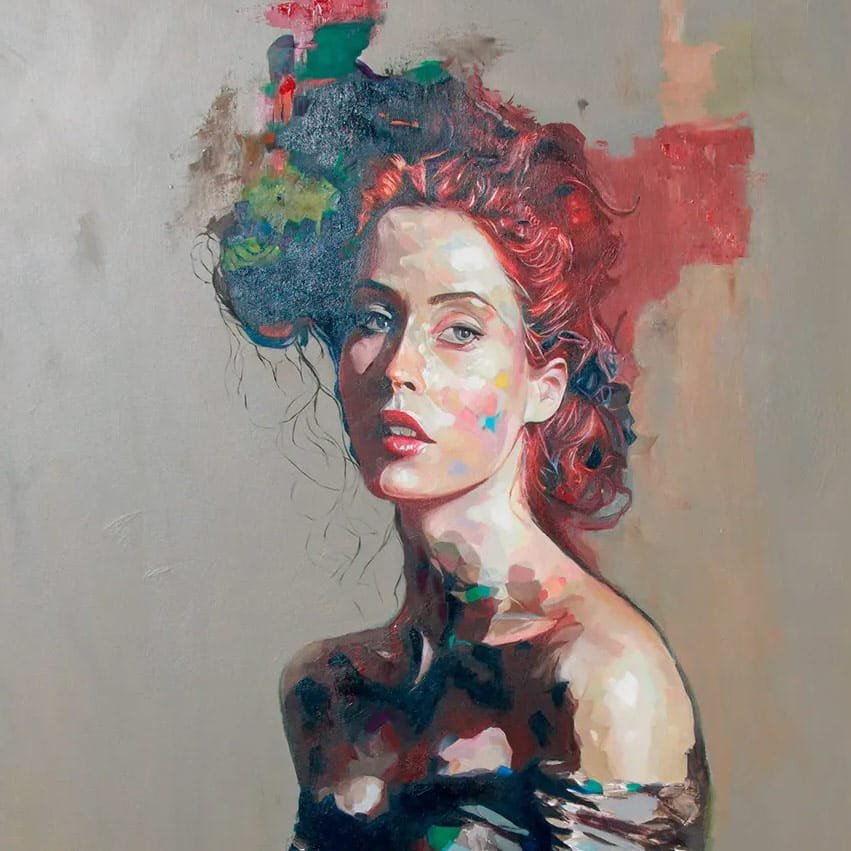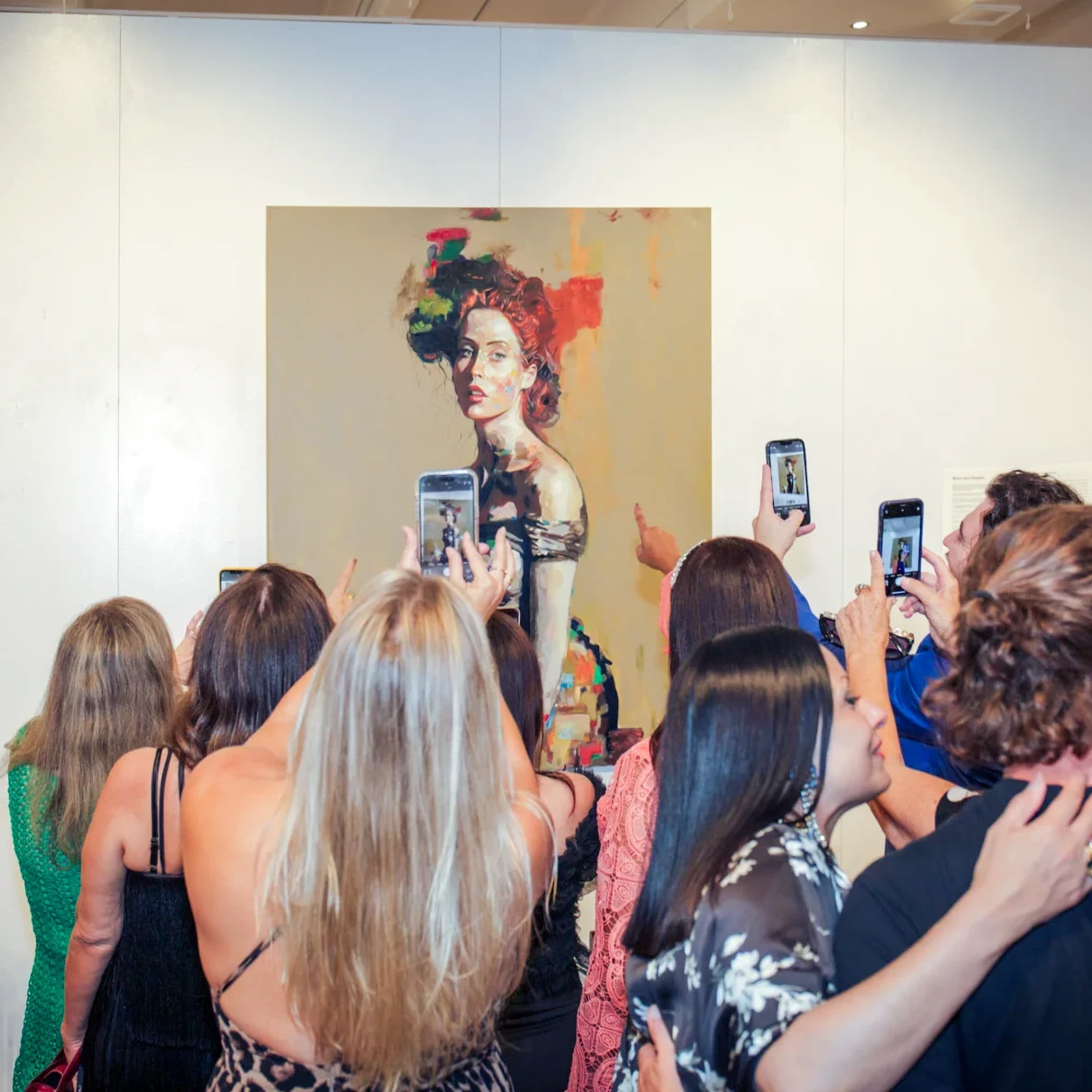Inspiration and Origins
“Mona Lisa’s Daughter“, created in 2023 by artist Alex Righetto, draws inspiration from the Italian Renaissance and the famed Mona Lisa by Leonardo da Vinci. This painting imagines an imaginary daughter of Lisa del Giocondo, the woman depicted in Leonardo’s work, exploring what she might have looked like had she survived.
Artistic Expression and Symbolism
Departing from Leonardo’s sfumato technique, Righetto adopts a contemporary approach, with a segmentation of color. The contrast between light and shadow symbolizes the duality between life and death, beauty and decay, creating a dialogue between past and present.
In “Mona Lisa’s Daughter,” Alex Righetto’s work, the symbolism of Yin and Yang is reinterpreted in a modern context, representing a dynamic balance between complementary extremes.
The painting explores the coexistence of beauty and decay, strength and fragility, reflecting the intrinsic duality of human existence. This artistic vision, while rooted in the past, looks towards the future, celebrating not stasis, but the constant change and evolution of humanity.
With this interpretation, Righetto follows in Leonardo’s footsteps but charts a unique path that emphasizes transformation and the perpetual motion of life.
Technique and Composition
The painting, larger than the original, measures 48 x 60 inches. It uses a color palette with shades of green and brown, omitting the typical Renaissance background to focus attention on the subject.

Reception and Cultural Impact
The painting has garnered wide attention, being exhibited in prestigious places such as Times Square and in Miami shows. It has sparked discussions in the art world, receiving media coverage from magazines like Vogue, GQ, and Vanity Fair.



